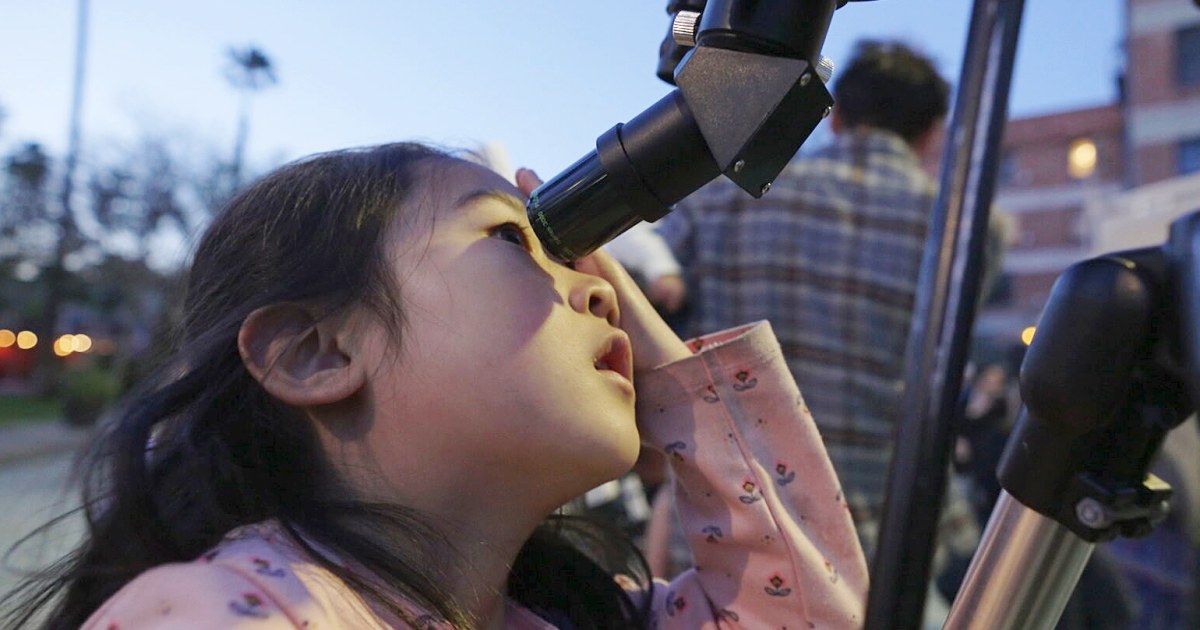
Booms
In space and astronautical engineering, booms refer to long, slender, and rigid structures that extend from a spacecraft or satellite. Booms are used for various purposes such as deploying antennas, solar panels, and scientific instruments away from the main body of the spacecraft to avoid interference. Booms can be made of different materials such as aluminum, carbon fiber, or Kevlar, and can be either fixed or deployable. Deployable booms are usually stored in a compact form during launch and then extended in space using various mechanisms such as springs, motors, or pyrotechnics. The deployment process is critical and requires careful planning and testing to ensure that the booms are deployed correctly and do not damage the spacecraft or satellite. Booms are essential components of many space missions and have been used in various spacecraft and satellites such as the Hubble Space Telescope, the Mars Reconnaissance Orbiter, and the Parker Solar Probe.
Your Previous Searches
Random Picks
- Supersonic: Supersonic refers to speeds that exceed the speed of sound in a given medium, such as air. In the context of space and astronautical engineering, supersonic speeds are often encountered during atmospheric entry and exit of spacecraft. The a ... Read More >>
- Wireless Communication: Wireless communication refers to the transfer of information between two or more points that are not connected by any physical medium. In the context of space and astronautical engineering, wireless communication is used to transmit data be ... Read More >>
- Absolute Humidity: Absolute humidity is the measure of the amount of water vapor present in a given volume of air. In the context of space and astronautical engineering, absolute humidity is an important parameter to consider in the design and operation of li ... Read More >>
Top News

Easter's date remains divisive. Some church leaders want that to change...
Eastern and Western churches will celebrate Easter on the same day this year, while marking 1,700 years since the Council of Nicaea unified Christian doctrine...
News Source: ABC News on 2025-04-19

In a city of stars, Los Angeles astronomy club makes sure to keep looking up...
LOS ANGELES — While Los Angeles is home to the biggest stars in the world, a monthly get-together is proving that the city’s rich and famous have nothing on the universe....
News Source: NBC News on 2025-04-18

This week on "Sunday Morning" (April 20)...
A look at the features for this week's broadcast of the Emmy-winning program, hosted by Jane Pauley....
News Source: CBS News on 2025-04-17

Scientists detect strongest hints yet of life on a distant planet...
Scientists have detected unique chemical patterns similar to those produced by the Earth's algae and seaweed — raising the possibility of the presence of a warm ocean, perhaps teeming with life, on ...
News Source: NBC News on 2025-04-17

Is there life on another planet? Scientists find the strongest evidence yet...
Near a planet far, far away astronomers have found traces of chemicals that on Earth are only produced by living beings....
News Source: Al Jazeera English on 2025-04-17